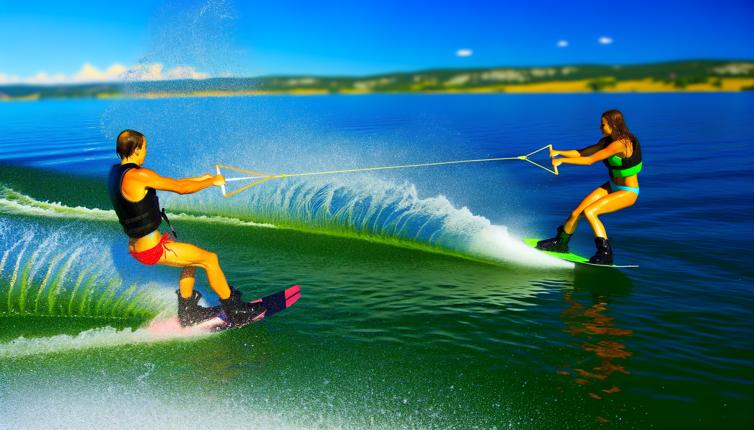Types of Rowing Boats
There are several types of rowing boats to choose from, including single sculls, double sculls, quadruple sculls, and the more traditional coxed and coxless fours. Each type has its own advantages and disadvantages, so it's important to consider the type of rowing you will be doing and your skill level.,Single sculls are the most common type of rowing boat used in competitions. They are designed for solo rowers and offer excellent stability and speed. Double sculls and quadruple sculls are used for two and four rowers respectively, and are ideal for team rowing. Coxed and coxless fours are larger boats that can accommodate four or more rowers and are often used in club rowing.,Consider your rowing goals, preferences, and the number of rowers you will be rowing with when choosing the type of rowing boat.
Material and Construction
Rowing boats can be made from various materials, including wood, fiberglass, carbon fiber, and Kevlar. Each material has its own characteristics, affecting the boat's performance and durability.,Wooden boats have a classic look and feel but require more maintenance and are heavier compared to other materials. Fiberglass boats are affordable and durable, making them a popular choice for beginners. Carbon fiber and Kevlar boats are lightweight and offer excellent speed and performance, but they can be more expensive.,Consider your budget, rowing experience, and desired performance when choosing the material and construction of your rowing boat.
Size and Weight
The size and weight of a rowing boat are important factors to consider, as they can impact the boat's maneuverability, speed, and stability.,Smaller boats, such as single sculls, are easier to maneuver and offer better control but may sacrifice stability. Larger boats, like fours and eights, provide more stability but can be harder to maneuver, especially in rough waters.,Consider your rowing experience, the water conditions you will be rowing in, and your preference for maneuverability and stability when choosing the size and weight of your rowing boat.
Conclusion
Choosing the right rowing boat requires careful consideration of various factors, including the type of boat, material and construction, and size and weight. By understanding your rowing goals, preferences, and skill level, you can make an informed decision that will enhance your rowing experience. Remember to always test out different boats and consult with experienced rowers before making a final decision.









